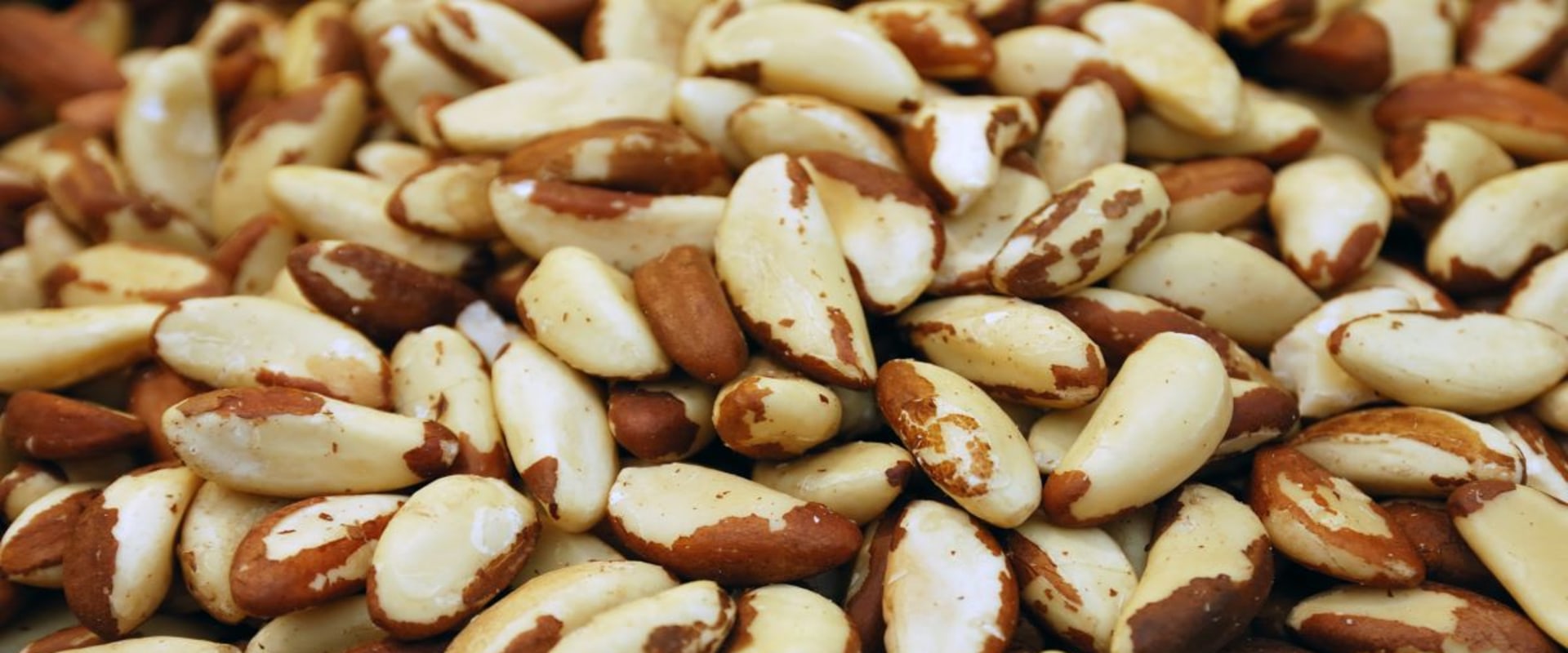Brazil nut supplies have plummeted by more than two-thirds after a “catastrophic harvest in the Amazon rainforest”. The lack of rain in South America last year due to El Niño caused the pods containing the nuts to fall early, meaning fewer seeds had a chance to develop. There are several reasons why Brazil nuts have become more difficult to find on the market than they were a few years ago. After the “catastrophic harvest” in the Amazon rainforest, there has been a drastic reduction in Brazil's nut supply.
The lack of rain in South America due to El Niño also caused Brazil nut pods to fall ahead of time, causing fewer seeds to germinate and turn into trees. In addition, due to the drop in Brazil nut production in recent years, cutting down a Brazil nut tree has been banned in Brazil. News from Bolivia's rainforests: Brazil's walnut harvest this year has decreased by 60-70%, mainly due to El Niño. Bolivia produces approximately half of the world's supply and reports that the capsules are empty.
Trees aren't producing this year, which also means that communities that make a living harvesting this nutritious nut are likely to suffer. Bolivian authorities are planning new strategies to counter shortages due to this overwhelming drought, such as cutting vines around Brazil chestnut trees in the native rainforest, which could triple the yield of individual trees. Eating mixed nuts while watching the Rio Olympics made me think both about Brazil and nuts (naturally). So I decided to investigate the nut that bears the name of the South American country.
It turns out that the Brazil nut is not really a nut, and they are harvested more in Bolivia than in Brazil. In fact, there are a lot of things about Brazil nuts that are, well, a little crazy. Brazil nut is known to most people as the largest nut in a can of mixed nuts, but other than that, most people know little about it, even that it comes from an Amazon rainforest tree of the same name or that it really is a seed, not a nut. Brazil walnut wood (not to be confused with Brazil wood) is of excellent quality and has a variety of uses, from flooring to heavy construction.
Brazil nut (Bertholletia excelsa) is a South American tree of the Lecythidaceae family, and is also the name of the commercially harvested edible seeds of the tree. Natives of the region have consumed Brazil nuts since at least the Upper Paleolithic period, about 11,000 years ago. In several countries in South America, Brazil nuts are called Brazil nuts or Brazil nuts (Spanish). In botanical terminology, a nut is a type of fruit, so the Brazil nut would have been more appropriately called “seed of Brazil”.
For the past 35 years, my research has focused on the classification and ecology of species in the Brazil nut family. The flower of the Brazil nut is large, about two inches in diameter, and fleshy, and the male part of the flower has a structure not found in any other plant family in the world. My research on the Brazil nut family has led me to many expeditions to the rainforests of the New World, and what I have learned about this family of trees can be found in The Lecythidaceae Pages. In Brazil, these seeds are called Castanhas-do-Pará or chestnuts of Pará, in honor of a state in northern Brazil where trees grow abundantly.
In Brazil, cutting down a Brazil nut tree (usually with the intention of harvesting wood and Brazil nuts) is illegal, unless done with the prior authorization of the Brazilian Institute of Environment and Renewable Natural Resources. The fruit and its nut shell, which contains the edible Brazil nut, are relatively large and can weigh up to 2 kg (4 lb 7 oz) in total weight. Brazil walnut wood is prized for its quality in carpentry, floors and heavy construction. Not surprisingly, Brazil nuts didn't really take off until the Spanish and Portuguese made better forays into the jungle.
.

Leave Message